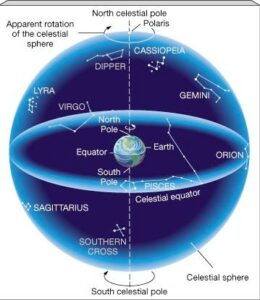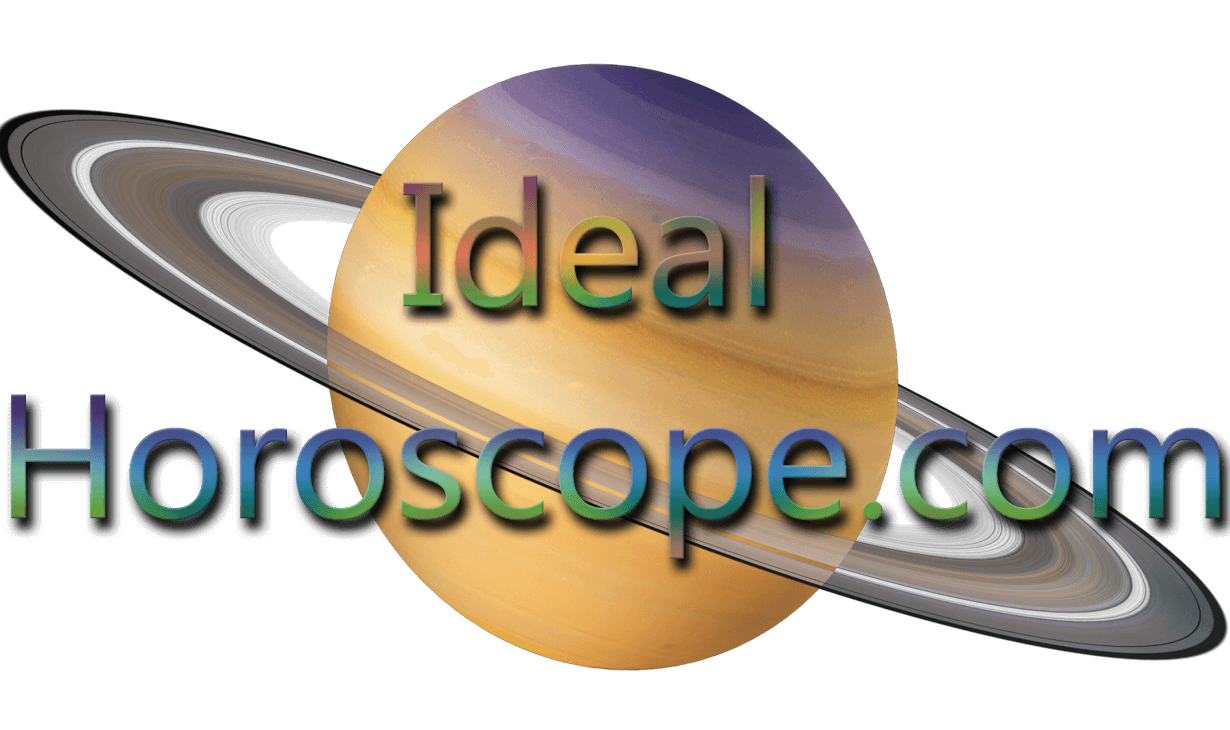The word “horoscope” is derived from the Greek word ‘hōroskopos’, which is a combination of ‘hōra, meaning ‘time,’ and ‘skopos,’ which means ‘observer’.
My first introduction to horoscopes came when I was a teenager.
There was a weekly column in an Australian magazine my mother subscribed to.
The column was called Your Week by the Stars.
It contained predictions about what might happen for each of the 12 “Star Signs” as calculated by Western Astrology.
I was able to deduce from the dates after the name of each star sign that mine is Scorpio.
I read the weekly predictions avidly for a few years, but can only remember being often disappointed when a promised romantic relationship did not eventuate.
The label of Scorpio has stuck with me through the years like super-glue on fingernails.
I often think of myself as one, although I don’t much like most of the characteristics often attributed to them, such as being secretive and obsessed with sex.
Perhaps that’s because there’s more than a wisp of truth in the description.
In my fifties, I met a Jyotishi, a specialist in Vedic Astrology, (also known as Jyotish) which is a better system for calculating horoscopes than what most people in the West use.
The word ‘vedic’ comes from the Sanskrit word ‘veda,’ which means ‘total knowledge.
It turns out that there’s a big difference between the Western system and the Vedic system.
Both systems use the same 12 signs and houses, but they disagree on when to start counting.

Western Astrology (also known as Tropical Astrology) says that the Spring equinox ( March 21 in the northern hemisphere) is the first day of the sign Aries.

But Vedic Astrology says that first day of the sign Aries is when the sun enters that sign. That day changes from year to year. The Sun enters Aries (and all other signs) four minutes earlier than it did last year.
Western Astrology acknowledges this fact, but ignores it.
For knowledge to be reliable it must be based on something that does not change.
At the time astrology became popular in the West, (around 287 AD), the Spring equinox (March 21 in the Northern Hemisphere), coincided with the first day of Aries, as measured by Vedic Astrology.
Which seems pretty neat and orderly.
Because of this neat coincidence, those early Western astrologers assumed that the first day of Aries would always be on March 21.
However, the Spring Equinox is always moving against the backdrop of the celestial sphere – the Zodiac.
Even though Ptolemy, the most learned astrologer of that era was aware of the Spring equinox moving, subsequent Western astrologers have ignored the fact.
The Spring equinox moves about one degree every 72 years.
Although that doesn’t seem like much, over the centuries it adds up.
As of 2018, the beginning date of Aries has moved forward by 24 degrees from where it was in 287 AD, the most recent time that the two systems agreed on the starting date of the yearly Zodiac cycle.
And it’s not only Aries that has moved forward; so too have the starting dates of all the other signs.
In fact, the movement of 24 degrees is 80% of the 30 degree segment that is assigned to each sign.
This means that 80% of people who think that there Sun is in a particular sign are wrong.
Another way of putting this is to say there is an 80% chance that you are not the “birth sign” you think you are.
For example, if you think you are a Pisces, it’s more likely that you are an Aquarius, the preceding sign.
If you think you are a Scorpio, it’s more likely that you are a Libran.
The Sun takes about 30 days to transit through one sign.
The first 24 days of that sign, as measured by Western astrology, are incorrect, according to Vedic astrology.
Only the last six or so days of that sign are identical in both Western and Vedic astrology.
Western astrology is outdated, and has been for centuries.
